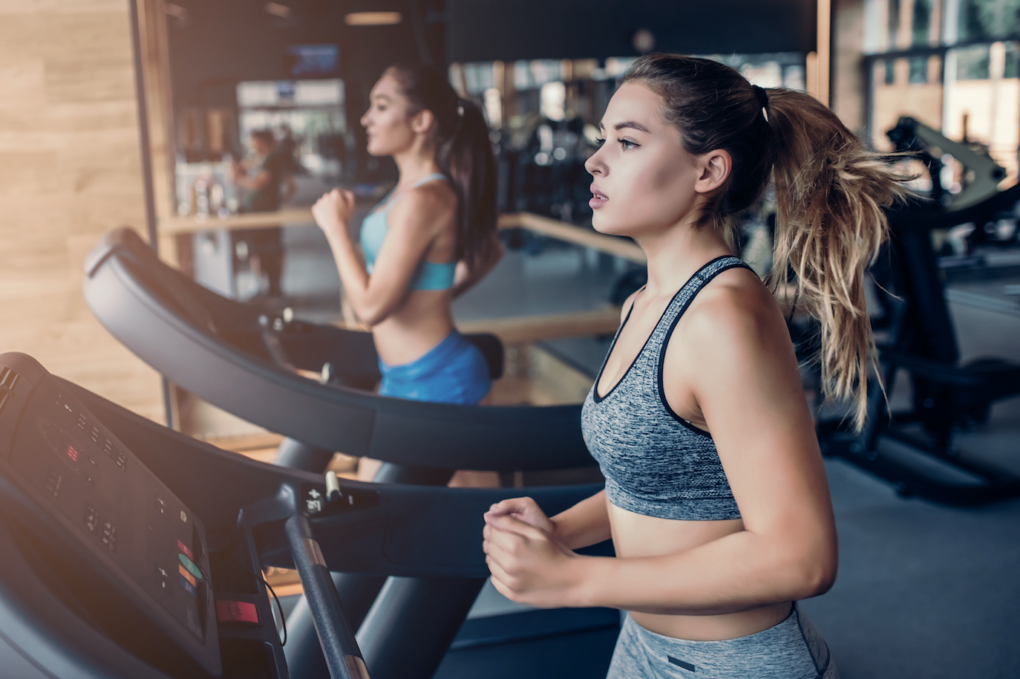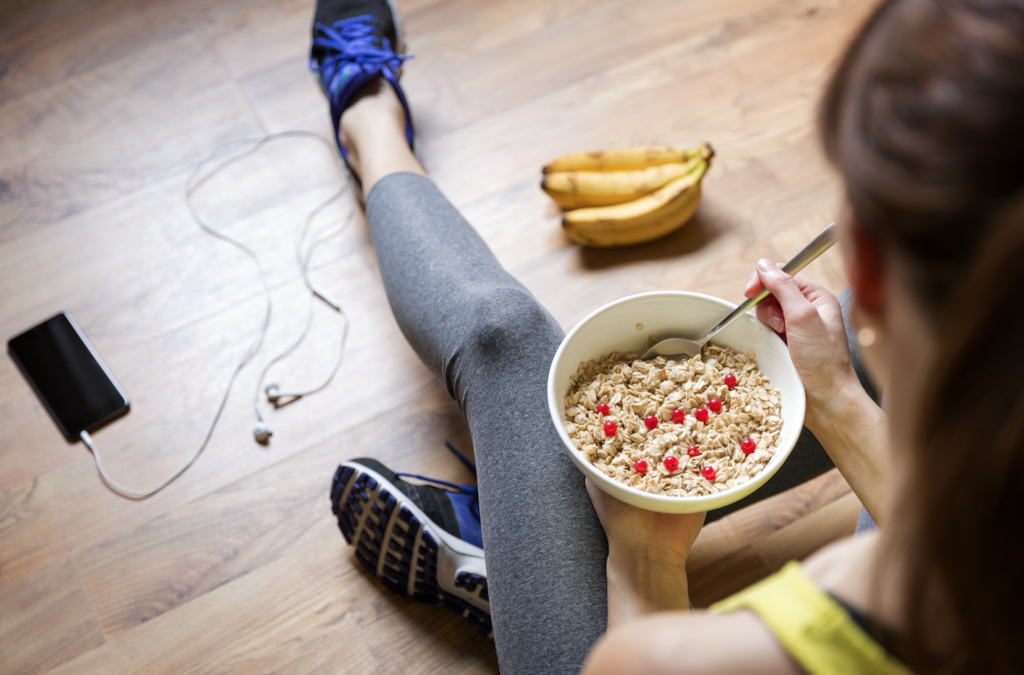
Not So Fast: How to Toe the Line Between Fasted Training and Feeling Stuffed
QUESTION: I used to be one of those people that thought that if you worked out on an empty stomach, that you would burn more fat. After crashing in enough workouts, I’ve finally been dispossessed of that old wives’ tale, but that doesn’t change the fact that I HATE eating before I work out. No matter how light I go, I seem to feel sluggish in the gym, like my food is just sloshing around in my stomach. Any advice?
— Samantha S., via e-mail
ANSWER BY SJ McSHANE:
Although the topic of fasted exercise and its fat-burning ability has been debated for some time now, what we do know is that each body is different and may react differently to a host of workout methods.
With that said, the good news is you’ve found how your body responds to fasted training which brings you one step closer to being able to detail your workouts to fit specific goals. This is how we all find what works best for us: experience, trial, and error.
As far as the discomfort you experience during exercise due to eating pre-workout, there are a few things you can do to avoid energy crashes and the feeling of being full while training:
Consider a Fast-Fuel
To experience more energy during workouts, having glucose readily available to be used as fuel to power-through is key. One way you can execute this without eating pre-workout, per-say, is by providing your body with a simple carbohydrate/simple sugar such as one serving of honey.
Just one serving of honey provides the body with 60 calories, 17 grams fast-digesting carbs. If you need more energy, you can always double the serving.
There are also fast-fuel gels available in pre-made packets like “GU”. Many long-distance runners use them for a quick energy source to keep them from crashing mid-run without filling up their stomachs. The serving size is roughly 1 ounce and will not cause your stomach to feel full.
More fast-fuel options: Pre-workout drinks, (use less water when mixing the drink to prevent a full feeling), Energy Chews, a small cup of green tea with 1 serving of honey, agave nectar, or a shot of fruit juice.
Keep in mind, fast fuel needs to be consumed right before training, as it will be digested quickly and ready to be used.
Time Meals Around Exercise
If you aren’t waking up in the morning and heading straight to the gym—let’s say you are planning a workout in the afternoon or evening—one thing you can do is consume a well-balanced meal that consists of complex carbohydrates, good fats, and protein about 2-4 hours before training. This way your body will most likely have steady energy to power through your workout without the feeling of undigested food sloshing around in your stomach.
Since the body stores carbohydrates in small amounts in the liver and muscles as glycogen, it’s important to make sure that the glycogen stores in the body are optimal before exercise as they get depleted during training. The carbohydrates in your diet 2-4 hours before you train will provide the most energy during exercise. Focus on slow-digesting carbohydrates that provide your body with energy over an extended period without a rapid elevation in blood sugar, such as sweet potatoes, oats, legumes, quinoa, and non-starchy vegetables.
SJ McShane is a fitness expert and author and Senior Writer for Robert Irvine Magazine.
Follow her on TWITTER and INSTAGRAM and visit her website: sara-jane.com.


